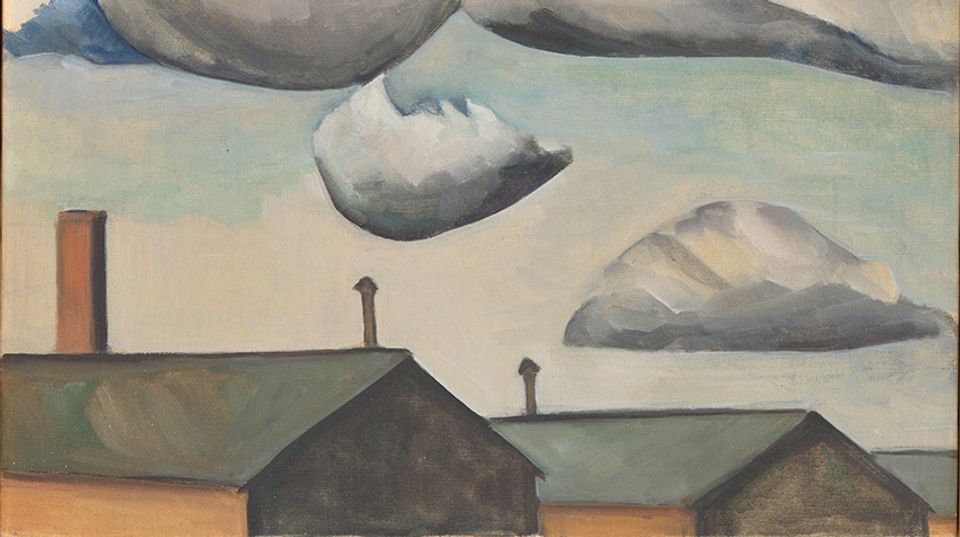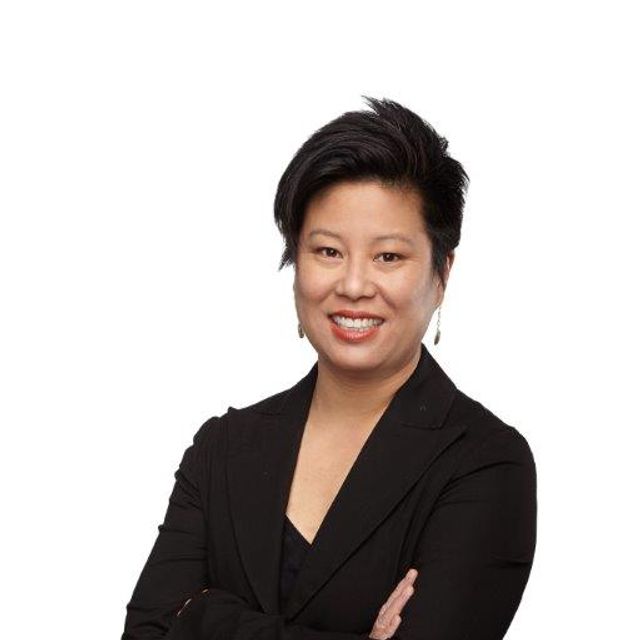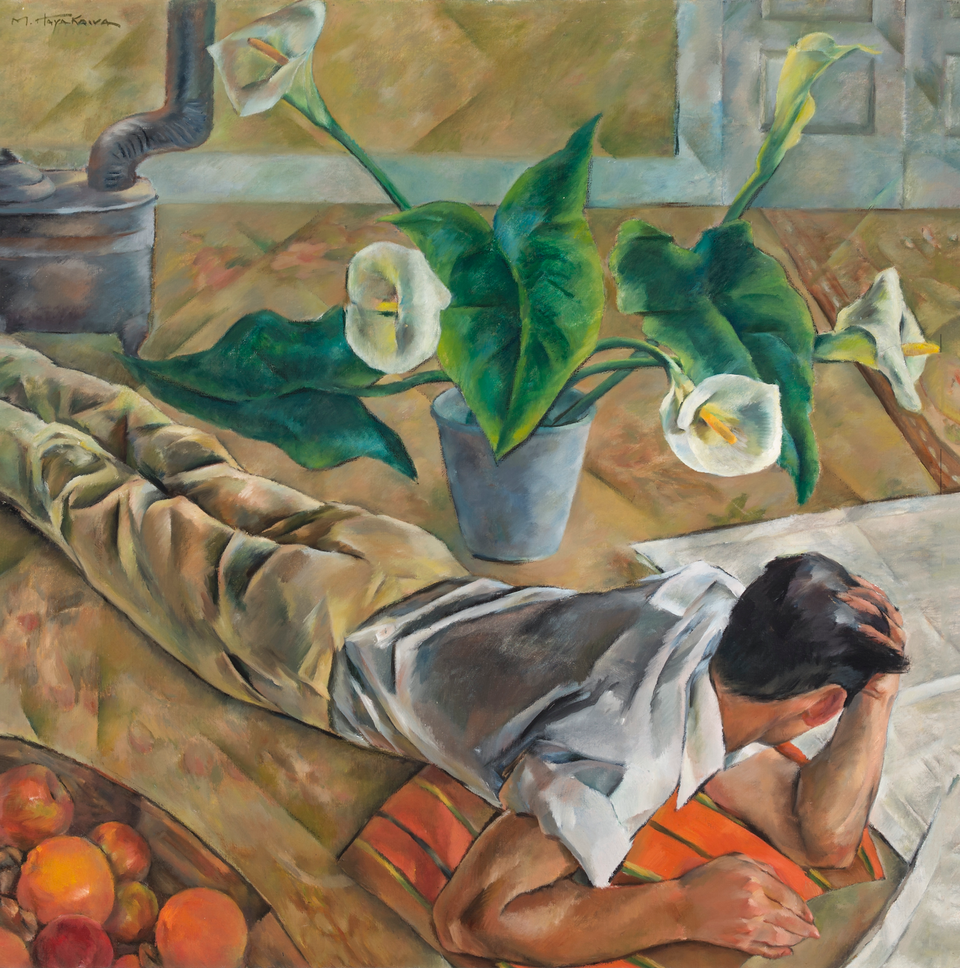Hisako Hibi
- Born
- Kōchi, Fukui Prefecture, Japan
- Died
- San Francisco, California, United States
- Biography
“Only my work in art gave me consolation and comforted my spirit.”
Peaceful painter: Memoirs of an Issei Woman Artist, 1994.
Hisako Hibi, born Shimizu, was a Japan-born American painter. From Hibi’s career that spanned nearly eight decades, her work from her incarceration during WWII became her most recognized.
After arriving in the United States in 1920 with her parents, Hibi opted to remain in San Francisco alone to continue her studies when her family returned to Japan in 1925. After graduating from high school, Hibi enrolled at the California School of Arts in 1926 and trained with teachers such as Gottardo Piazzoni, who took his students outside for plein-air painting. Hibi also met there Matsusaburo George Hibi, a fellow first-generation Japanese immigrant and artist whom she married in 1930. The couple settled down in Hayward, California, raising two children. Hibi continued to paint and participate in the Bay Area’s art scene throughout the 1930s, exhibiting her work at various juried exhibitions as well as at the 1939 Golden Gate International Exposition, where she was one of only three Japanese American women to be featured.
Many of Hibi’s early works, mainly landscapes, have been lost since the 1942 Executive Order 9066 that upended her career and family’s life. Photographer Dorothea Lange captured the moment of Hibi’s forced removal, waiting to be transported aside a pile of luggage with her fiveyear-old daughter Ibuki. Hibi and her family were sent to Tanforan Assembly Center, which Hisako described as “horse stables... in humiliating conditions,” then to Topaz War Relocation Center in Utah. Despite the hardships, Hibi helped organize and teach at the art schools inside the camps alongside other incarcerated artists such as Chiura Obata and her husband Matsusaburo. Hibi herself was especially productive during this period, producing seventy-some paintings. These became her most widely recognized body of work, illuminating scenes of the desolate, humble barracks and the daily lives of women and mothers at work.
At their release from Topaz in 1945, Hibi and her family relocated to New York City. Matsusaburo died of cancer soon after, leaving Hibi to support herself and her children by working as a seamstress in a garment factory. Hibi continued painting, nevertheless, and her weekly classes with Victor D'Amico at the Museum of Modern Art prompted exploring abstraction in exuberant and vibrant colors. Earning her U.S. citizenship in 1953 through the Immigration and Nationality Act that passed the year prior, Hibi returned to San Francisco, where she worked as a live-in housekeeper and found community and recognition for her art. Hibi continued her painting practice by attending Ann O’Hanlon’s University of California Extension art classes and exploring new materials for artmaking.
Until her death in 1991, Hibi was an active figure in the Bay Area, joining the San Francisco Women Artists and becoming an early member of the Asian American Women Artists Association founded in 1989. Her first solo show was held at San Francisco's Lucien Labaudt Art Gallery in 1970, which was followed by many more throughout the 1980s and 1990s. This includes her major solo exhibition Hisako Hibi, Her Path at the Somar Gallery, organized by the San Francisco Arts Commission when presenting the artist an Award of Honor in 1985. In 2004, Hibi’s work was showcased at Santa Clara University’s de Saisset Museum, accompanying the artist’s posthumously published memoir, Peaceful Painter: Memoirs of an Issei Woman Artist (Heyday Books, 2004).
Authored by Anna Lee, curatorial assistant for Asian American art, 2023.
Exhibitions
Related Posts
















